Mazda may soon be axing the popular 2.5-litre turbocharged petrol engine in the CX-5 locally, but it’s still offered in another mid-size SUV in North America.
The Mazda CX-50 was revealed in 2021 as a slightly larger option to the outgoing CX-5. It shares its underpinnings with the small Mazda 3 and CX-30.
It’s been on Mazda Australia's radar for years but it’s still only produced in left-hand drive guise.
Speaking with CarsGuide, Mazda Australia Managing Director Vinesh Bhindi said making a business case for right-hand drive production is difficult unless other right-hand drive markets hop onboard.
“It’s still on our wish list,” said Bhindi.
“If I get an opportunity to ask for it, I don’t miss that opportunity.
“At this stage it’s only built in the US for the North American market,” he said.
It’s worth noting the CX-50 is also produced and sold in China.
“So until they can sort of build a business to have a right-hand drive [version], in Australia on its own, a right-hand drive [version] is going to be difficult.
“We need the other [right-hand drive] markets to consider the same.
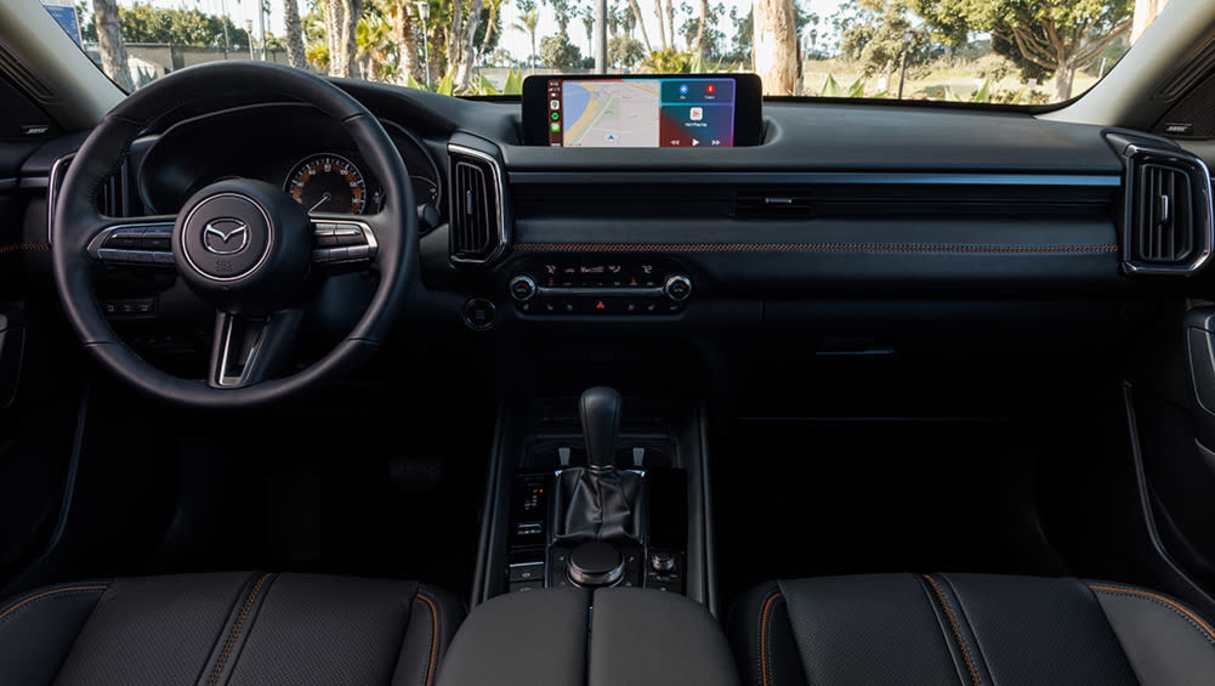
“It still remains a challenge,” Bhindi added.
Globally the CX-50 is offered with 2.0-litre and 2.5-litre four-cylinder petrol engines, as well as a 2.5-litre turbo-petrol four-cylinder. The latter produces up to 191kW of power which is 21kW more than the current CX-5 with the same turbo-petrol powertrain.
The CX-50 is also offered with a Toyota-sourced 2.5-litre hybrid powertrain with a total system output of 163kW.
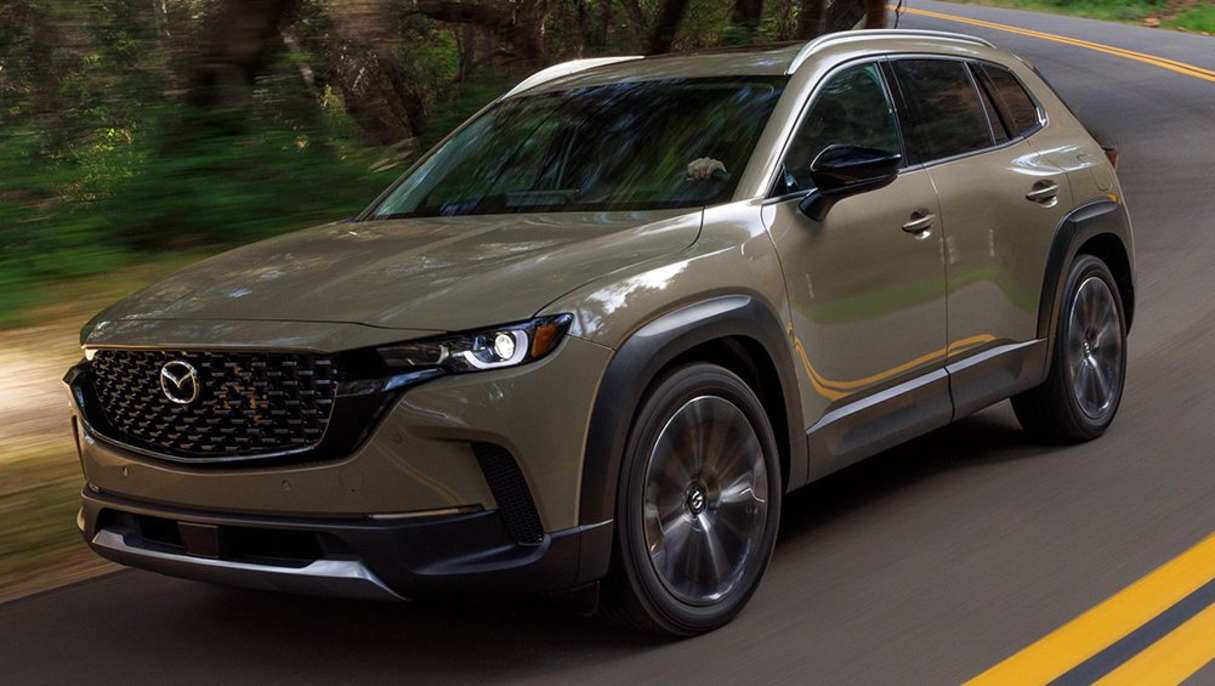
As previously reported, the forthcoming, next-generation Mazda CX-5 is only going to be offered in Australia with a revised version of the venerable 2.5-litre naturally aspirated four-cylinder petrol engine at launch.
It’s set to produce 132kW and 242Nm which is 10kW and 10Nm less than the outgoing CX-5 with the same engine.
A Mazda-specific hybrid powertrain is set to follow after the launch of the CX-5 at an undisclosed time. It’s set to launch in the US in 2027.
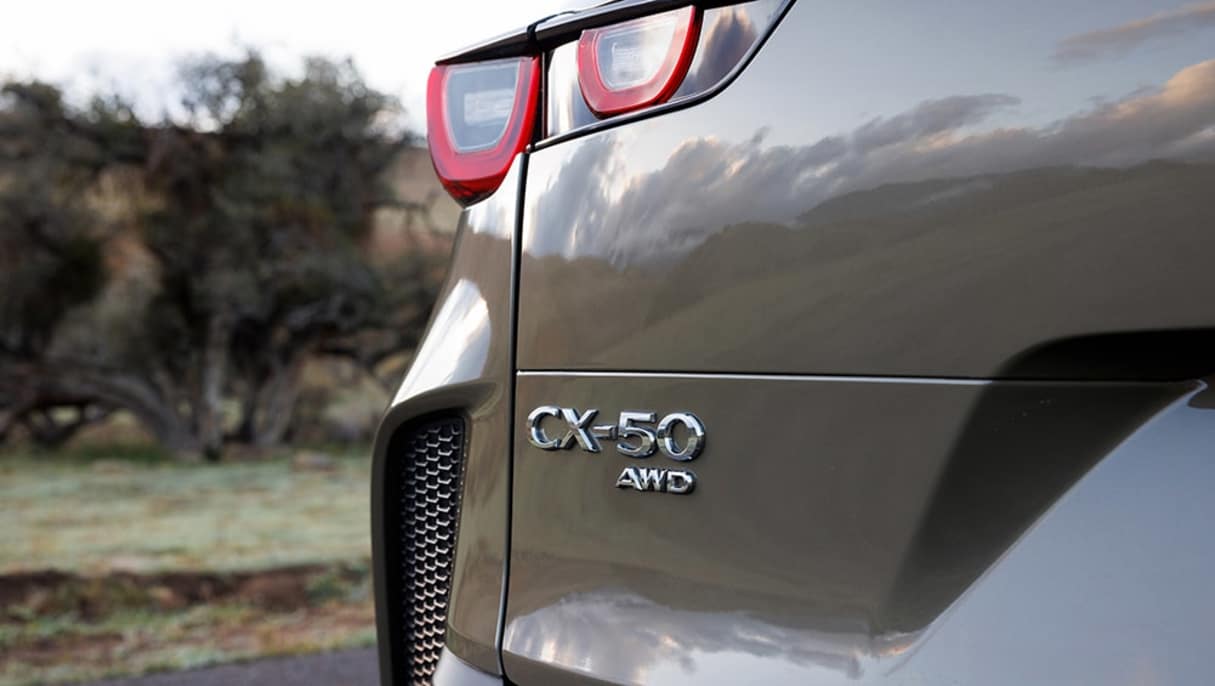
Bhindi has previously noted it’s being designed to still reflect the company’s philosophy of engaging, driver-focused vehicle dynamics.
The discontinuation of the turbo-petrol engine in the CX-5 comes as other carmakers are dropping high-emitting combustion engines as CO2 emission regulations with fines are now enforced in Australia.
Hyundai recently axed the 1.6-litre turbo-petrol engine from its local Tuscon and Kona SUV line-ups.
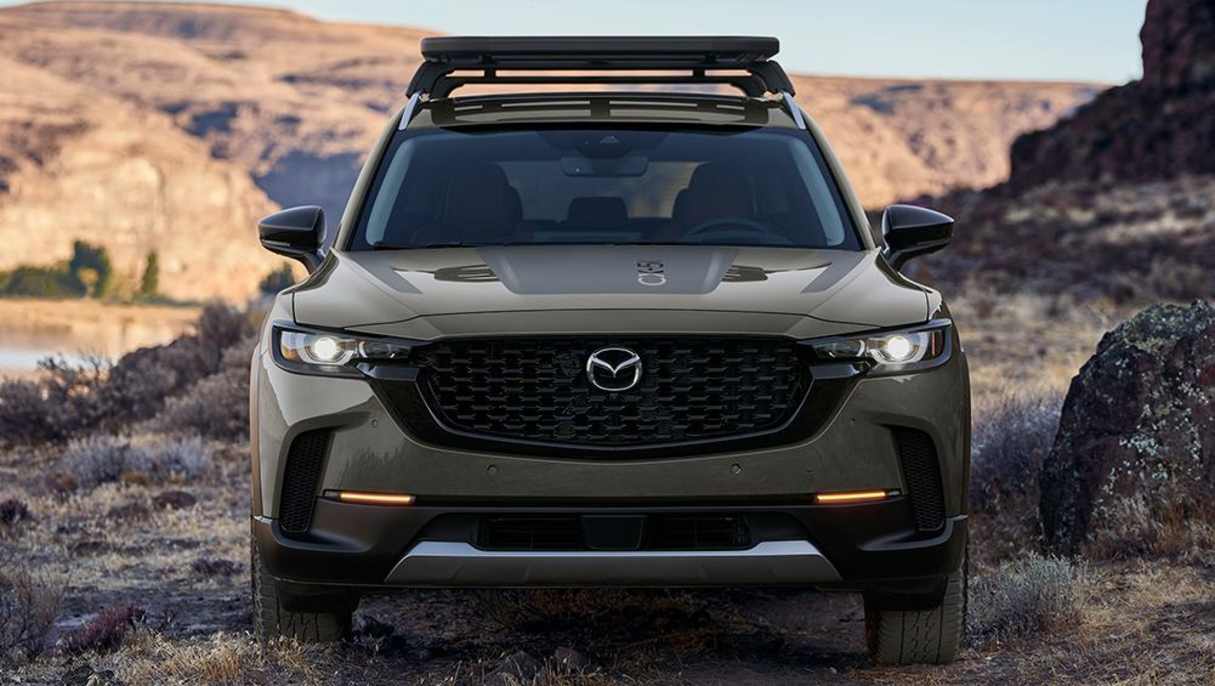
Other brands are moving to smaller, less powerful engines which also consume less fuel and emit fewer CO2 emissions. Recent examples include the Chery C5 (formerly Omoda 5) and Tiggo 7.
It’s likely if the CX-50 with the turbo-petrol engine was introduced into Australia, it would be racking up fines for Mazda as it emits over the CO2 threshold.
Bhindi previously said the company could lean further on electric vehicles (EVs) to offset fines from the New Vehicle Efficiency Standard (NVES) regime.
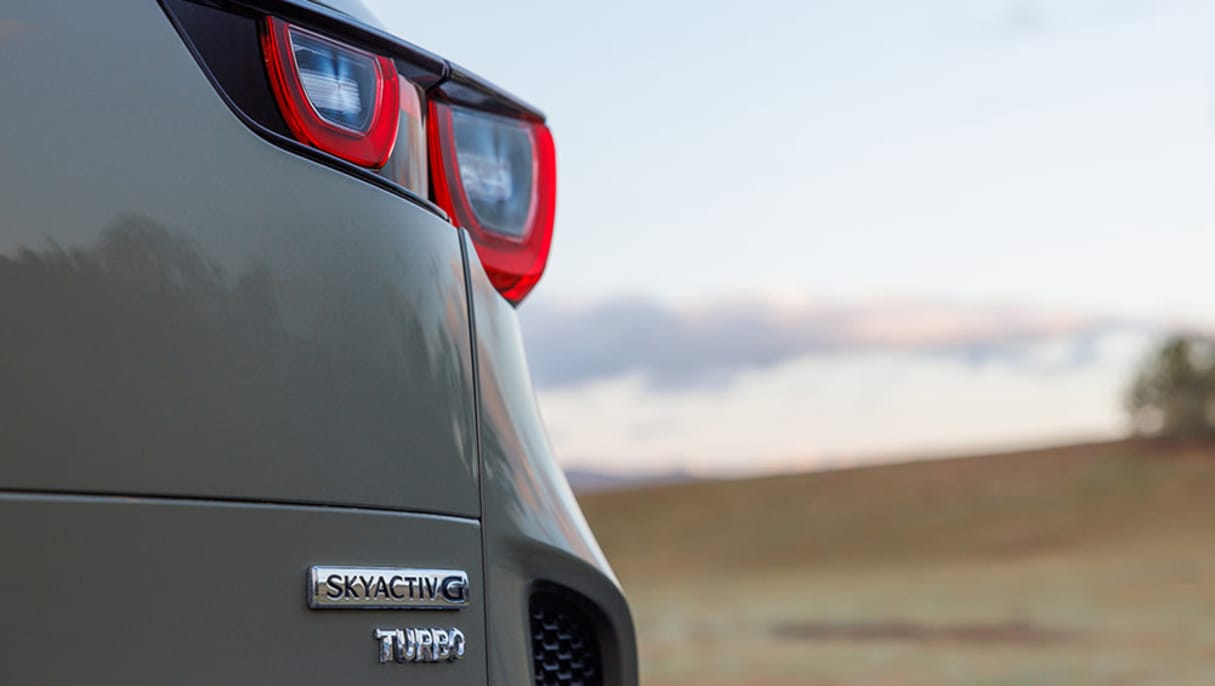
Despite this, Mazda currently doesn’t offer any EVs in Australia, though it has flagged it’s working on a business case for the Mazda 6e electric sedan.





.jpg)

.jpg)

.jpg)

.jpg)
.jpg)

.jpg)

_0.jpg)














.jpg)
.jpg)